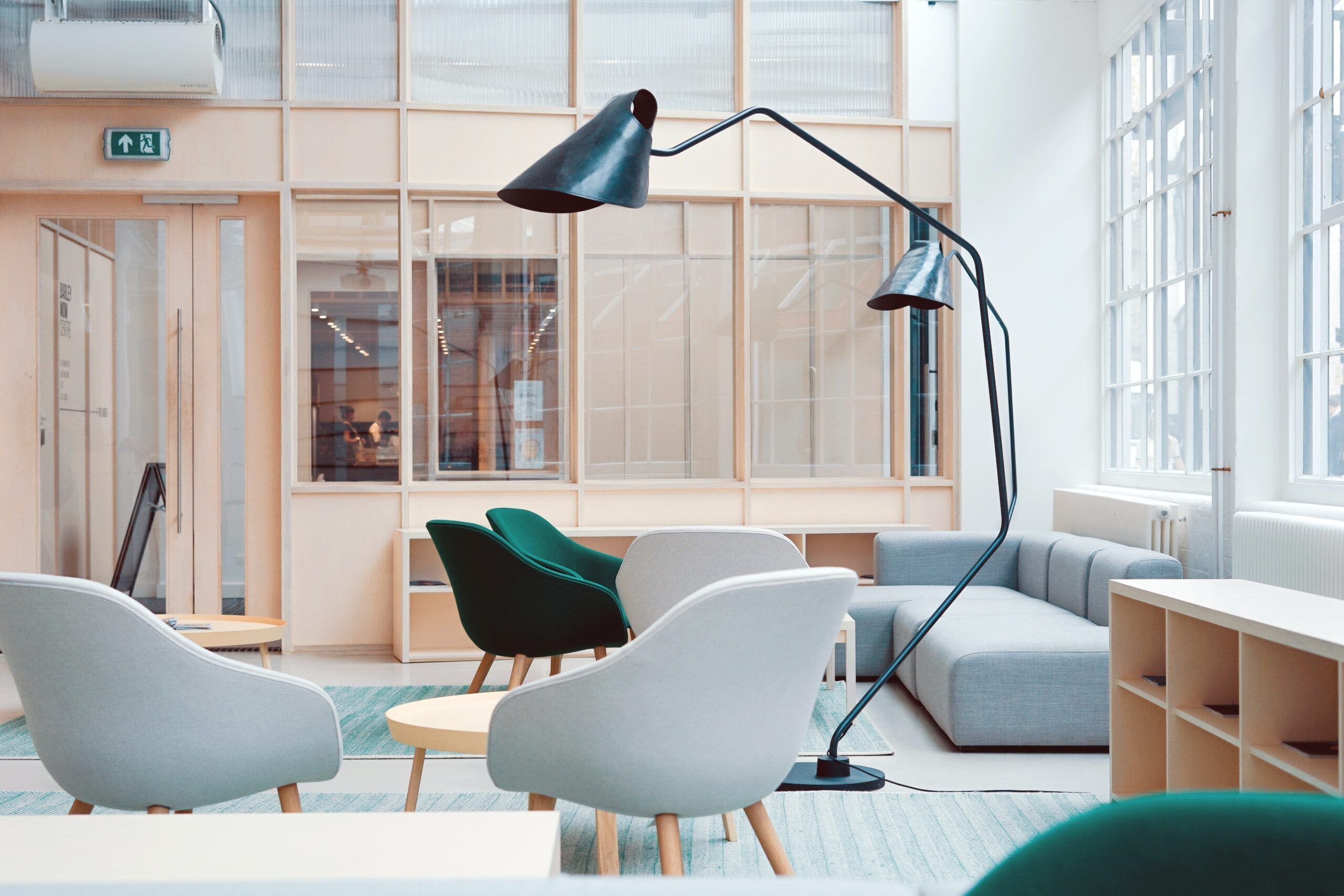The pandemic has brought the world to a standstill, and retail stores have taken a big hit in sales generation.
The look and feel of a store significantly impact shoppers’ moods and how much they are willing to spend. When shoppers are in a good mood, they are more likely to make impulse purchases, which increases store revenue. If you are a retail business owner, you know it is important to keep your store feeling fresh and new.
This is where your store’s interiors come into play. They play an important job of retaining the shoppers inside the store, helping them navigate better, and putting a lasting impression in their minds to revisit your store.
With the pandemic already limiting many people to come out of their homes, you’d want to retain every last shopper that visits your store.
We have compiled important tips to design your store’s interior to boost sales in these challenging times. Have a look.
Focus on Giving an Immersive Experience
Visiting a retail store or a mall is like an experience trip for most of the customers. They visit the store or the mall, enjoy the experience, and at the end of the day, they go back home feeling happy. For this reason, you must understand the importance of getting up close and personal with their customers in their stores. The experience they go through while they are in the store plays a major role in selling any product or service.
Retail stores are always about selling products, but you need to design your store as a way of life to create an immersive store experience. Zara, for example, is known for their changing collections, which allow their customers to play a part in creating their outfits, and thus a unique identity. For instance, incorporating mannequins from Fusion Specialties can provide a realistic and engaging display, enhancing the immersive shopping experience.
Pro Tip: Map the overall experience you’d like your shoppers to experience. Think of the feelings you’d want to instigate. Once you figure out the answer to these questions, you’ll be able to come up with better design ideas.
Retail Displays Can Be The Key
Big retail displays placed outside your store can be one of the effective ways to grab people’s attention, especially when it matches your store’s theme.
For example, maybe a customer like Pikachu is not in the market to buy a life-sized Pikachu. As Pikachu is a widely loved cartoon, you can use Pokemon-themed assets to create one-of-a-kind retail displays that will draw crowds to your store. The idea can be scaled down to your level and still be effective. If you own a grocery store, maybe you can display a massive Pikachu holding a big green grocery bag.
Pro Tip: You can also use the same Pikachu in your grocery signage boards to keep the shoppers hooked inside your store.
Focus on The Layout: Don’t overstuff The Space
A retail store’s interior design, especially the layout, is one of the most important factors in a store’s success because it helps customers understand how to get around and browse a store’s products effectively.
Imagine yourself as a customer for a minute:
You’re in a retail store, and you can’t go two steps without bumping into a mannequin or shelf. The store has so much stuff that it looks like a circus, not somewhere you would trust to buy something.
If you can’t imagine buying anything, how can you expect your shoppers to buy anything in your overstuffed store?
Pro Tip: Keep your store spacy and airy. Give your customers more space to move around and browse products. The easier you’ll make a life for them inside your store, the better the sales will be.
Final Word
Retail design has always been an important factor in generating the revenue of a store. However, in these challenging times, with lesser people visiting your retail store than usual, this has become even more important.
Take cues from this article and make sure you design a nice retail store for a better customer experience and more sales.


Comments are closed.